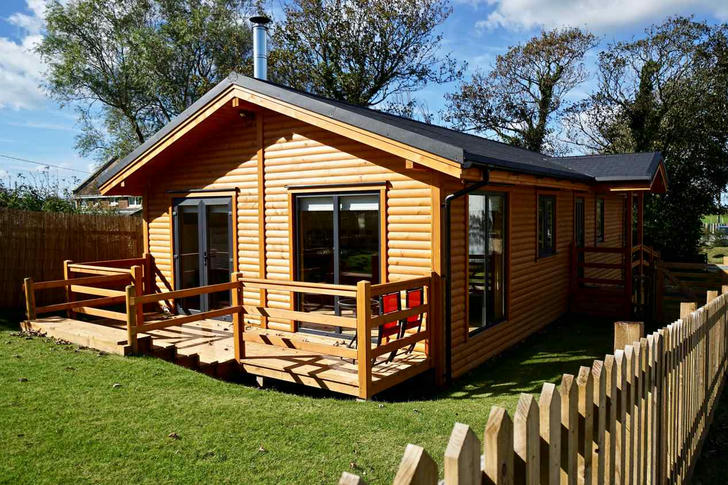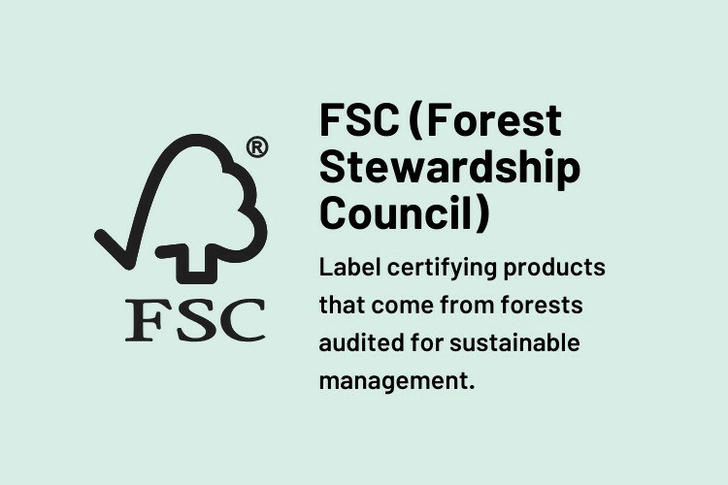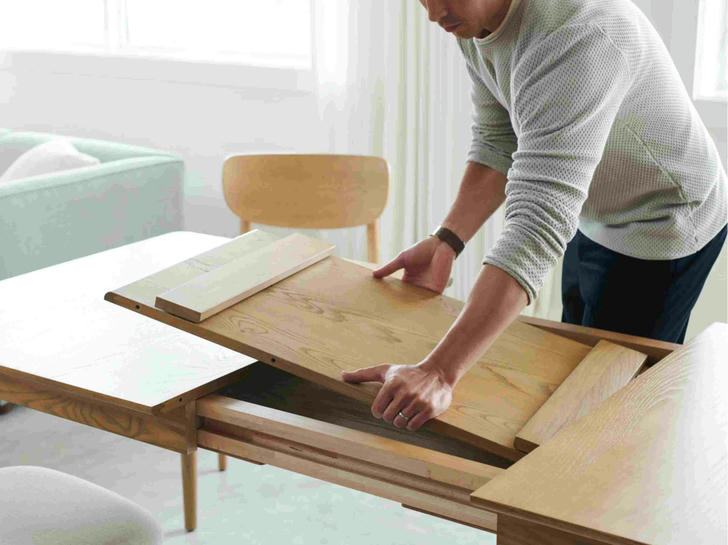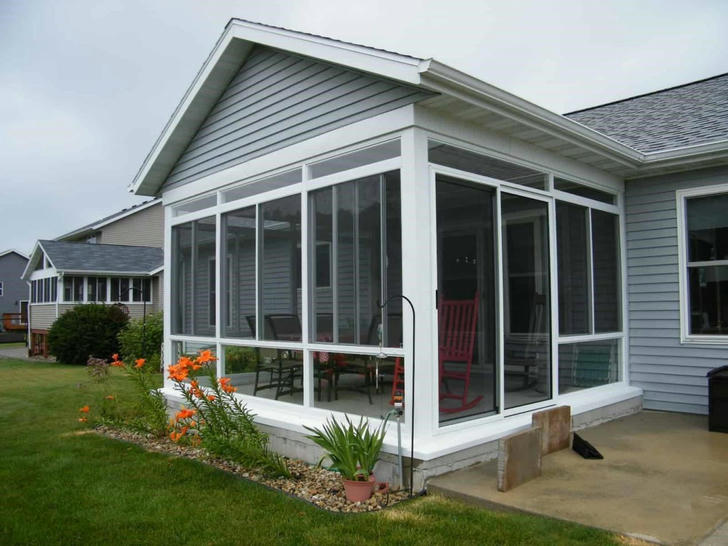Latest Industry Trends in Log Cabin Construction for 2024
As the popularity of log cabins continues to rise, the construction industry is evolving to meet the demands of modern buyers. In 2024, several emerging trends are shaping the log cabin market, including design preferences, sustainable practices, and shifts in buyer demographics. Understanding these trends is essential for builders, manufacturers, and potential buyers alike. This article explores these developments and provides actionable solutions for adapting to the changing landscape.
1. Sustainable and Eco-Friendly Construction
One of the most significant trends in log cabin construction is the increased focus on sustainability. As awareness of environmental issues grows, consumers are increasingly looking for eco-friendly building materials and practices. Many buyers prefer cabins constructed with sustainable timber sourced from managed forests or reclaimed wood. This not only reduces the ecological footprint but also supports local economies.

Actionable Solutions
To capitalize on this trend, builders should:
Source Materials Wisely: Partner with suppliers who prioritize sustainable forestry practices. For instance, using timber certified by organizations like the Forest Stewardship Council (FSC) can assure buyers of responsible sourcing.

Implement Energy-Efficient Designs: Incorporate energy-efficient features such as proper insulation, energy-efficient windows, and renewable energy sources like solar panels. A cabin designed with passive solar principles can significantly reduce energy consumption, appealing to eco-conscious buyers.
Educate Consumers: Highlight the benefits of sustainable building practices in marketing materials. Providing transparency about sourcing and energy efficiency can enhance consumer trust and interest.
2. Open-Concept Living Spaces
The trend towards open-concept living continues to dominate log cabin designs. Consumers are increasingly drawn to layouts that promote connectivity and flexibility, enabling them to customize their spaces according to their needs. Open floor plans allow for natural light to flow throughout the cabin, creating an inviting atmosphere.
Actionable Solutions
To meet this demand, builders can:
Design Versatile Spaces: Create layouts that minimize walls separating common areas. Consider multifunctional furniture options, such as extendable dining tables or sofa beds, to maximize usability.

Incorporate Large Windows: Utilize large windows and sliding glass doors to enhance natural light and connect indoor spaces with the outdoors. For example, installing a wall of windows in the living area can provide stunning views and create a seamless transition to outdoor living spaces.
Source Materials Wisely: Allow buyers to customize their cabin layouts to suit their lifestyle needs. Providing design consultations can help buyers envision how an open-concept space can work for them.
Modern Amenities and Smart Home Technology
As technology becomes an integral part of daily life, more buyers are seeking log cabins equipped with modern amenities. Smart home technology, such as automated lighting, heating, and security systems, is increasingly attractive to consumers. These features enhance convenience, energy efficiency, and security.
Actionable Solutions
Builders can embrace technology by:
Integrating Smart Features: Offer packages that include smart thermostats, lighting systems, and security cameras. Providing these options during the design phase can help buyers envision a tech-savvy home.
Educating Buyers on Benefits: Create informative content highlighting the advantages of smart home technology, such as energy savings and enhanced security. This can include tutorials or demonstrations during open houses.
Partnering with Tech Companies: Collaborate with tech firms to provide seamless integration of smart systems into log cabins. For instance, working with a local company to install smart home devices can enhance the overall buyer experience.
4. Emphasis on Outdoor Living Spaces
With a growing appreciation for nature, many buyers are looking for log cabins that feature ample outdoor living areas. Decks, patios, and outdoor kitchens are increasingly popular, as they allow homeowners to enjoy their natural surroundings.
Actionable Solutions
To cater to this trend, builders should:
Design Functional Outdoor Spaces: Incorporate outdoor living areas that are easily accessible from the main living spaces. Features like covered patios or screened porches can extend the usable area of the cabin.

Include Landscaping Options: Offer landscaping services to create beautiful outdoor environments that enhance the overall appeal of the cabin. Native plants can minimize maintenance while supporting local wildlife.
Promote Outdoor Activities: Encourage buyers to utilize outdoor spaces for recreational activities. This could include designing cabins near hiking trails or offering guidance on creating outdoor entertainment zones.
5. Shifting Buyer Demographics
The demographics of log cabin buyers are evolving. In 2024, more younger buyers, particularly millennials and Gen Z, are entering the market. These groups tend to prioritize sustainability, modern design, and technology, shifting the traditional image of log cabin enthusiasts.
Actionable Solutions
To attract younger buyers, builders can:
Leverage Social Media Marketing: Utilize platforms like Instagram and Pinterest to showcase modern log cabin designs. Engaging visuals can attract younger audiences who seek inspiration online.
Highlight Sustainability Efforts: Emphasize eco-friendly practices in marketing materials. Younger consumers are more likely to support brands that align with their values regarding sustainability and social responsibility.
Offer Financial Incentives: Consider implementing financing options or incentives that cater to younger buyers, who may be first-time homebuyers. Providing information on grants or loans for sustainable construction can make cabins more accessible.
Conclusion
The log cabin construction industry is witnessing exciting trends in 2024, driven by consumer preferences for sustainability, open-concept designs, modern amenities, outdoor living, and shifting demographics. Builders who adapt to these changes can position themselves for success in a competitive market. By implementing the actionable solutions outlined above, builders and manufacturers can create log cabins that meet the evolving demands of today’s buyers while fostering a deeper connection to nature and enhancing the overall living experience.
